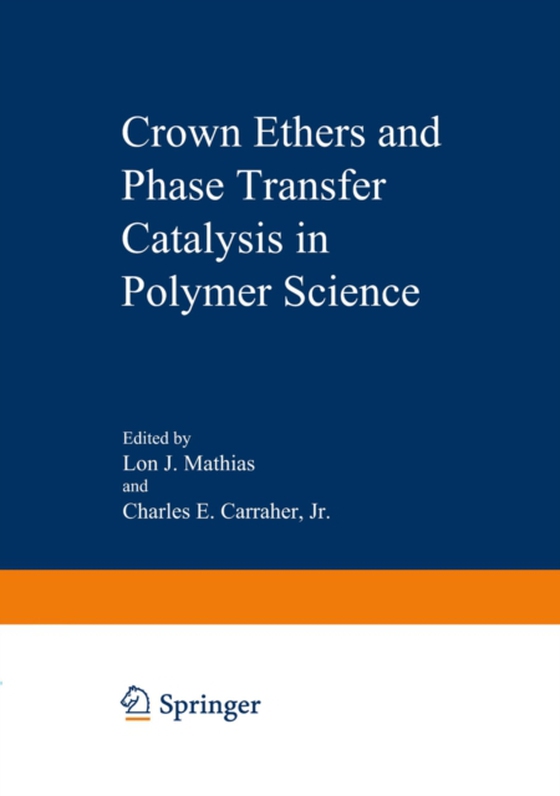
Crown Ethers and Phase Transfer Catalysis in Polymer Science e-bog
436,85 DKK
(inkl. moms 546,06 DKK)
Phase transfer catalysis or interfacial catalysis is a syn- thetic technique involving transport of an organic or inorganic salt from a solid or aqueous phase into an organic liquid where reaction with an organic-soluble substrate takes place. Over the past 15 years there has been an enormous amount of effort invested in the development of this technique in organic synthe- sis. Several books an...
E-bog
436,85 DKK
Forlag
Springer
Udgivet
22 november 2013
Genrer
TGMP
Sprog
English
Format
pdf
Beskyttelse
LCP
ISBN
9781461593492
Phase transfer catalysis or interfacial catalysis is a syn- thetic technique involving transport of an organic or inorganic salt from a solid or aqueous phase into an organic liquid where reaction with an organic-soluble substrate takes place. Over the past 15 years there has been an enormous amount of effort invested in the development of this technique in organic synthe- sis. Several books and numerous review articles have appeared summarizing applications in which low molecular weight catalysts are employed. These generally include either crown ethers or onium salts of various kinds. While the term phase transfer catalysis is relatively new, the concept of using a phasetrans- fer agent (PTA) is much older~ Both Schnell and Morgan employed such catalysts in synthesis of polymeric species in the early 1950's. Present developments are really extensions of these early applications. It has only been within the last several years that the use of phase transfer processes have been employed in polymer synthesis and modification. Similarly, the use of polymer-bound phase transfer agents is also a recent development. These and related areas have nonetheless enjoyed explosive growth as mea- sured by the number of publications and the variety of applica- tions which have appeared. Several reviews dealing with these l 6 polymer-related investigations have been published.
 Dansk
Dansk

